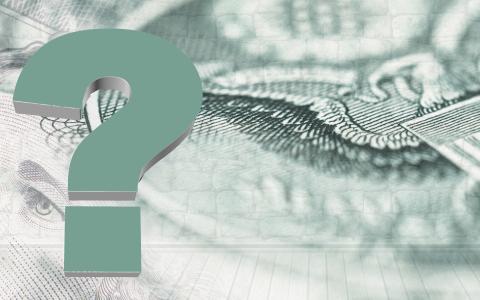
Discussions about Federal Reserve rate hikes have re-emerged as a central theme. As 2023 concluded, the stock market experienced a surge, and the economic outlook brightened with predictions of a soft landing gaining traction amid speculation of forthcoming interest rate reductions.
Wall Street analysts had anticipated the Federal Reserve might lower rates up to six times, despite the central bank's own projections suggesting a maximum of three cuts. This led to a prevailing sense of optimism regarding "immaculate disinflation."
However, the onset of 2024 brought a series of economic indicators that challenged this optimism:
• The Consumer Price Index (CPI) for January increased by 3.1% year-over-year, surpassing the anticipated 2.9%.
• The Producer Price Index (PPI) for January rose by 0.3%, exceeding the expected 0.1%.
• January's nonfarm payrolls surged by 353,000, significantly above the forecast of 187,000.
• U.S. GDP growth for the fourth quarter was reported at 3.3%, outpacing the estimated 2.0%.
The persistent strength in the housing market further underscored the potential necessity for the Federal Reserve to maintain elevated interest rates. Larry Summers, former Treasury Secretary, accentuated this perspective, suggesting a notable probability that the Fed's next move might involve an interest rate increase.
Market sentiment has aligned with this revised outlook, with traders scaling back expectations for a rate cut in the near term. Data from the Chicago Mercantile Exchange's FedWatch Tool indicates a dramatic reduction in the likelihood of a rate decrease in the upcoming months.
Despite this shift, experts continue to view any rate hikes in the immediate future as improbable, yet they acknowledge the renewed inclusion of such possibilities in policy deliberations. The notion that the Fed might raise rates, potentially triggering a recession if done repeatedly, has become a topic of cautious consideration.
The persistence of inflation, especially in certain components like owners' equivalent rent (OER), which significantly contributes to the Consumer Price Index, has been surprising. The gap between OER and primary rent measures reached its widest margin since 1995, indicating a potentially challenging path to achieving the Federal Reserve's inflation targets.
Analysts from Goldman Sachs and other financial institutions have noted these developments, suggesting that the inflationary pressures, coupled with a resilient housing market, may compel the Federal Reserve to navigate carefully between avoiding a recession and managing inflation.
The market has gradually adjusted to the Federal Reserve's signals for a "higher-for-longer" interest rate environment, aligning more closely with the central bank's guidance after initially anticipating more aggressive rate cuts. This consensus reflects a cautious approach to monetary policy, emphasizing the need to address inflation without prematurely easing financial conditions.



